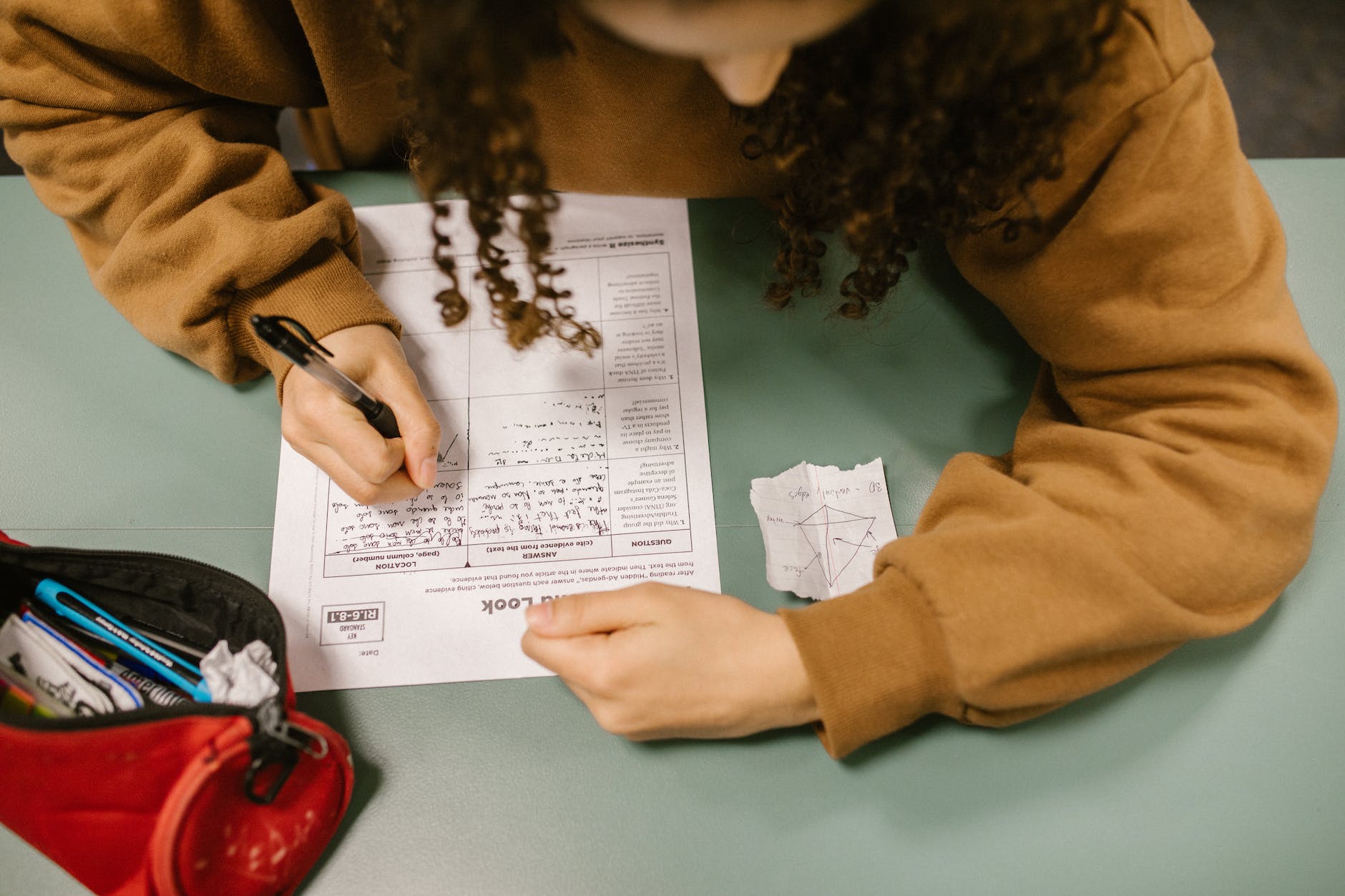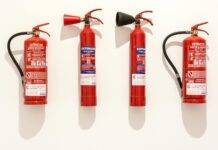
Hydrotest Safety Quiz: Multiple Choice Questions and Answers
Hydrotest Safety Quiz : Hydrotesting is a crucial process in various industries to ensure the safety and integrity of pipelines, vessels, and other equipment that carry fluids under pressure. It’s important for professionals working in these industries to have a comprehensive understanding of hydrotest safety protocols. This article presents a Hydrotest Safety Quiz with multiple choice questions and answers to test your knowledge and enhance your understanding of this vital procedure.
Introduction
Hydrotest safety is of paramount importance when it comes to ensuring the reliability and durability of equipment that handles pressurized fluids. A strong foundation in hydrotest safety not only protects workers but also prevents catastrophic accidents that could lead to environmental damage and financial losses.
What is Hydrotesting?
Hydrotesting, also known as a hydrostatic test, involves subjecting equipment to a controlled increase in pressure using a non-compressible liquid, usually water. This test helps identify weaknesses or potential leaks in the equipment, ensuring it can withstand operational pressures without compromising safety.
Importance of Hydrotest Safety
The safety aspect of hydrotesting cannot be overstated. A thorough understanding of safety protocols helps prevent accidents that could harm workers, damage equipment, and impact the environment. It also ensures compliance with industry standards and regulations.
Hydrotest Procedures
Understanding the Test
Before diving into the quiz, let’s briefly go over the hydrotesting process. This test is performed to validate the structural integrity of equipment and confirm its ability to handle operational pressures.
Preparing for the Test
Proper preparation is key to a successful hydrotest. Equipment must be thoroughly cleaned and inspected before testing. All valves and fittings need to be secure to prevent any unexpected releases of pressure.
Conducting the Test
During the hydrotest, the equipment is filled with water, and pressure is gradually increased. The pressure is maintained for a specified period, during which any leaks or weaknesses become evident.
Potential Hazards
Over pressurization Risks
Over pressurization can lead to equipment rupture, causing harm to personnel and surroundings. Adequate pressure relief mechanisms are crucial to prevent such incidents.
Equipment Failure
If equipment is not up to the task, it can fail catastrophically during the test. Identifying potential failure points is vital to avoid accidents.
Environmental Concerns
Leaks during hydrotesting can release fluids into the environment, causing pollution. Rigorous safety measures are necessary to minimize the impact on the ecosystem.
Safety Measures
Personal Protective Equipment (PPE)
Operators involved in hydrotesting must wear appropriate PPE, including protective clothing, helmets, gloves, and eye protection. This safeguards them from potential hazards.
Emergency Protocols
Effective emergency protocols should be in place, outlining procedures to follow in case of equipment failure, leaks, or any other unexpected events.
Communication During Testing
Clear and constant communication among team members during the test ensures everyone is aware of the progress and any safety concerns that may arise.
Hydrotest Safety Quiz: Multiple Choice Questions and Answers
Now, let’s test your knowledge with a few multiple choice questions related to hydrotest safety.
- Question 1: What is the purpose of hydrotesting? a) Equipment cleaning b) Identifying weaknesses c) Fluid mixing d) Decorative purposes
- Question 2: Which equipment is commonly subjected to hydrotests? a) Office chairs b) Drinking glasses c) Pressure vessels d) Office plants
- Question 3: What can over pressurization during hydrotesting lead to? a) Enhanced equipment lifespan b) Equipment cooling c) Equipment failure d) Brighter equipment colors
- Question 4: Why is communication essential during hydrotesting? a) To pass the time b) To prevent fluid contamination c) To ensure safety and coordination d) To entertain the equipment
- Question 5: What is the role of PPE during hydrotesting? a) Making operators look stylish b) Enhancing communication c) Ensuring operator comfort d) Protecting operators from hazards
Quiz Answers and Explanations
- Answer 1: b) Identifying weaknesses – Hydrotesting helps identify potential weaknesses in equipment that could lead to failure under operational conditions.
- Answer 2: c) Pressure vessels – Pressure vessels such as pipelines and tanks are commonly subjected to hydrotests to ensure their integrity.
- Answer 3: c) Equipment failure – Over pressurization can lead to equipment failure, compromising its safety and performance.
- Answer 4: c) To ensure safety and coordination – Clear communication is vital to ensure the safety of personnel and effective coordination during the test.
- Answer 5: d) Protecting operators from hazards – PPE is worn to protect operators from potential hazards and injuries during the hydrotest.
Fire Safety Quiz Questions Answers
- Question 6: What is the main purpose of a hydrostatic test? a) Checking equipment’s color b) Evaluating equipment’s strength under pressure c) Measuring equipment’s weight d) Testing equipment’s sound output Answer 6: b) Evaluating equipment’s strength under pressure – The main purpose of a hydrostatic test is to assess the structural integrity and ability of equipment to withstand pressure without failing.
- Question 7: What is a hydrostatic test pressure typically based on? a) The operator’s preference b) The equipment’s age c) Industry standards and regulations d) The current weather conditions Answer 7: c) Industry standards and regulations – The hydrostatic test pressure is determined based on established industry standards and regulations to ensure consistency and safety.
- Question 8: Which part of the hydrotest procedure involves gradually increasing pressure? a) Equipment cleaning b) Equipment disassembly c) Conducting the test d) Equipment coloring Answer 8: c) Conducting the test – During the hydrotest, pressure is gradually increased and maintained to identify any weaknesses in the equipment.
- Question 9: Why is it important to inspect valves and fittings before a hydrotest? a) To check for any hidden messages b) To ensure they are painted properly c) To prevent unexpected pressure releases d) To see if they’re comfortable to touch Answer 9: c) To prevent unexpected pressure releases – Inspecting valves and fittings before the test ensures they are secure and functioning properly, preventing any unexpected releases of pressure.
- Question 10: What can be a consequence of inadequate safety measures during hydrotesting? a) Increased productivity b) Enhanced equipment aesthetics c) Accidents causing harm to personnel and environment d) Improved communication among team members Answer 10: c) Accidents causing harm to personnel and environment – Inadequate safety measures during hydrotesting can lead to accidents that endanger both workers and the environment.
- Question 11: What should operators do if they notice a leak during the hydrotest? a) Ignore it and continue the test b) Shout for help c) Document it in the test report d) Leave the testing area immediately Answer 11: c) Document it in the test report – If a leak is noticed during the test, operators should document it in the test report and follow appropriate protocols.
- Question 12: Why is it important to have emergency protocols in place during hydrotesting? a) To test the efficiency of emergency services b) To create excitement during the test c) To provide guidelines in case of unexpected events d) To entertain the operators Answer 12: c) To provide guidelines in case of unexpected events – Emergency protocols ensure that operators know how to respond in case of equipment failure, leaks, or other unforeseen events.
- Question 13: What should operators communicate during the hydrotest? a) Their favorite movies b) The latest gossip c) Progress of the test and safety concerns d) Their lunch plans Answer 13: c) Progress of the test and safety concerns – Operators should communicate the progress of the test and any safety concerns that may arise during the process.
- Question 14: What should operators wear to protect themselves during hydrotesting? a) Party attire b) Casual clothing c) Personal Protective Equipment (PPE) d) Formal business suits Answer 14: c) Personal Protective Equipment (PPE) – Operators should wear appropriate PPE, including protective clothing, helmets, gloves, and eye protection, to safeguard themselves from potential hazards.
- Question 15: What can inadequate safety measures during hydrotesting lead to? a) Increased equipment efficiency b) Lower costs for equipment maintenance c) Accidents, injuries, and environmental damage d) Enhanced operator relaxation Answer 15: c) Accidents, injuries, and environmental damage – Inadequate safety measures during hydrotesting can result in accidents, injuries to personnel, and environmental damage due to leaks or equipment failure.
Conclusion
Hydrotest safety is a critical aspect of maintaining the integrity of equipment that deals with pressurized fluids. By understanding the procedures, hazards, and safety measures associated with hydrotesting, professionals can contribute to a safer working environment and prevent accidents.
FAQs
FAQ 1: How often should hydrotesting be conducted? Hydrotesting should be conducted periodically as specified by industry regulations and equipment manufacturers.
FAQ 2: Can any fluids be used for hydrotesting? No, only non-compressible liquids like water are used for hydrotesting.
FAQ 3: Are there alternatives to hydrotesting? While alternative methods exist, hydrotesting remains a widely accepted and reliable way to ensure equipment safety.
FAQ 4: What qualifications do hydrotest operators need? Hydrotest operators should have proper training in handling equipment, understanding safety protocols, and emergency procedures
























